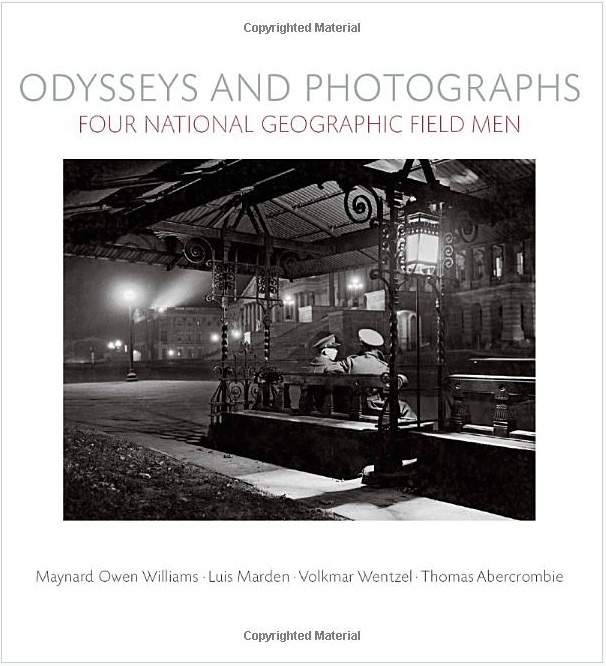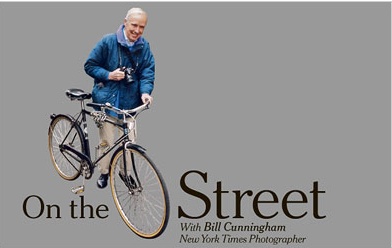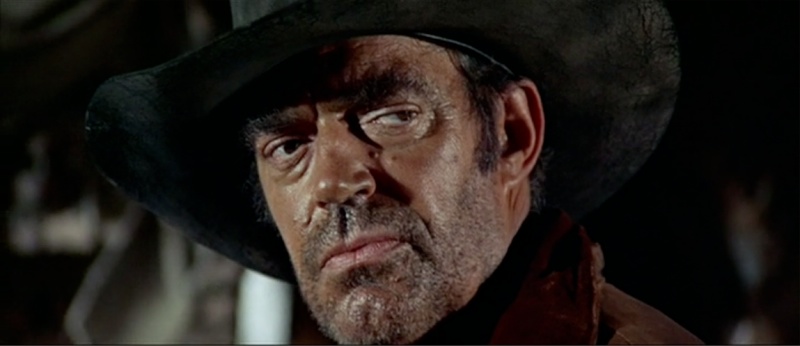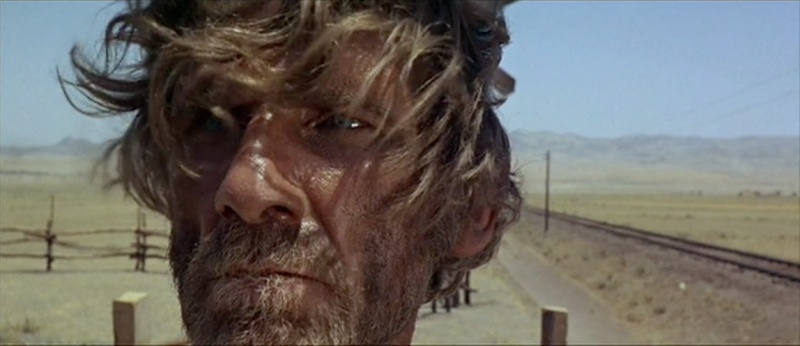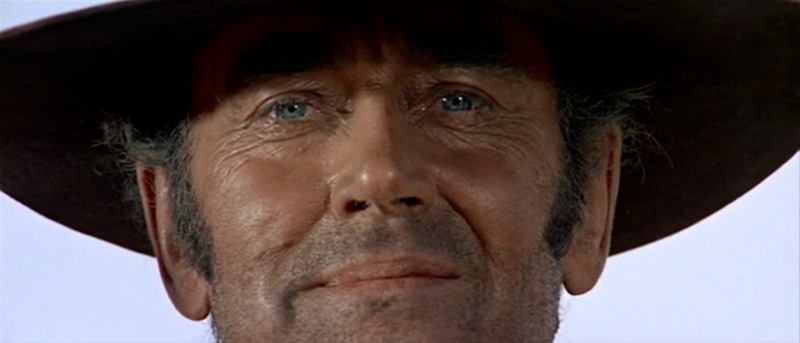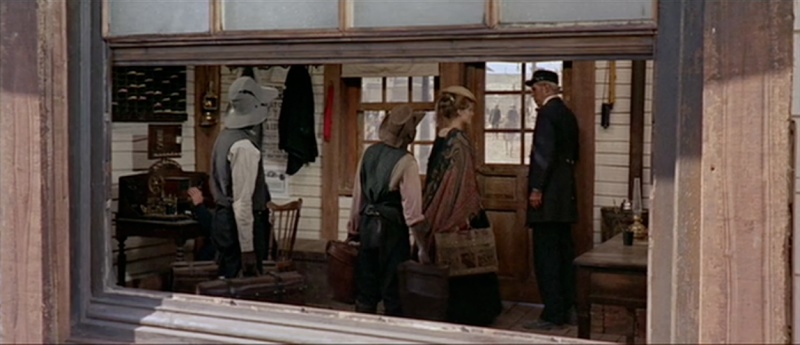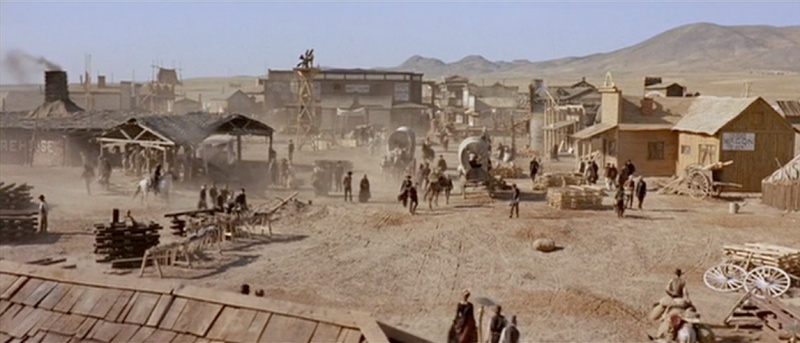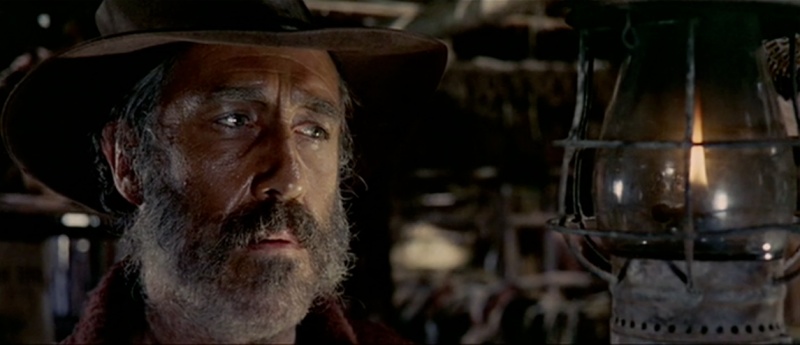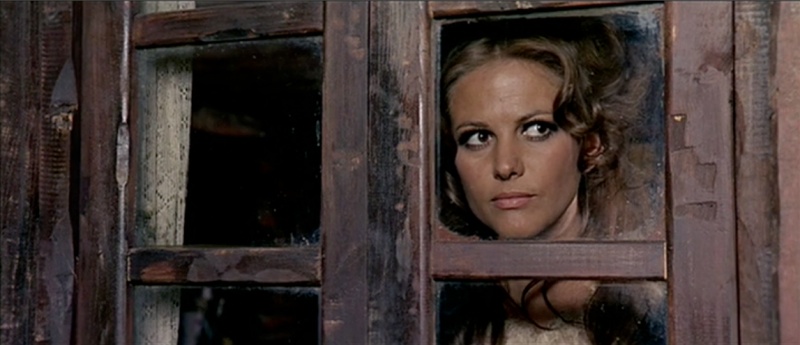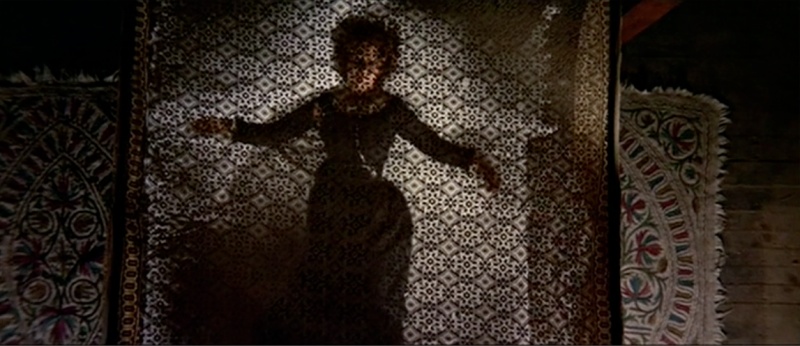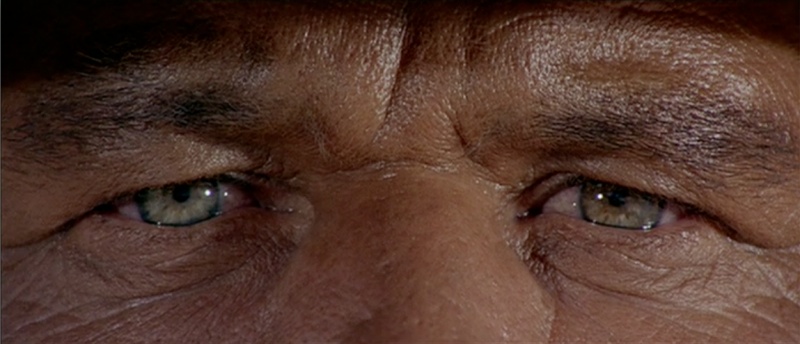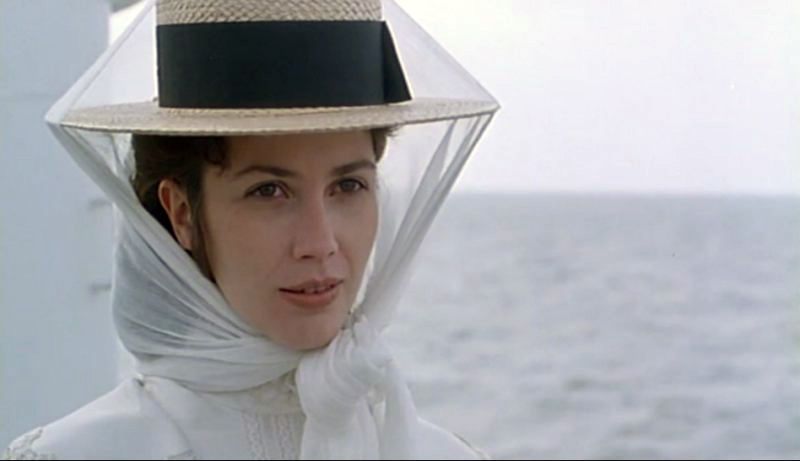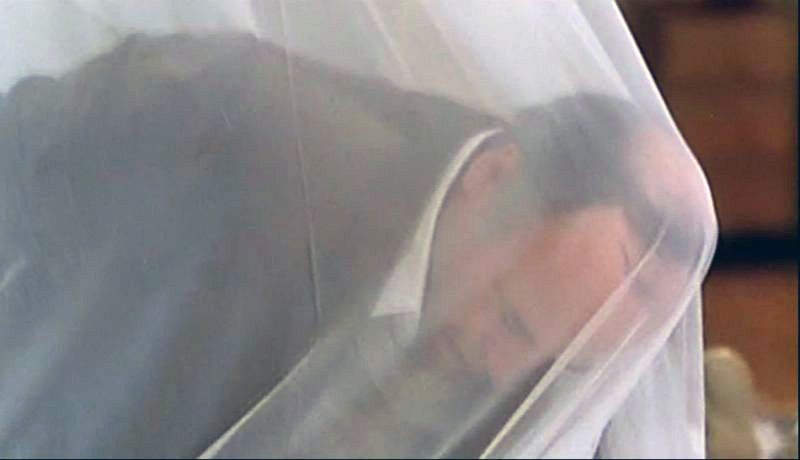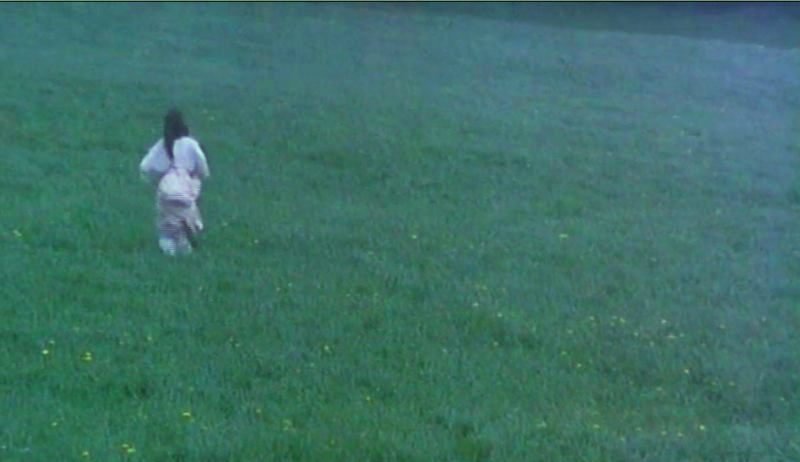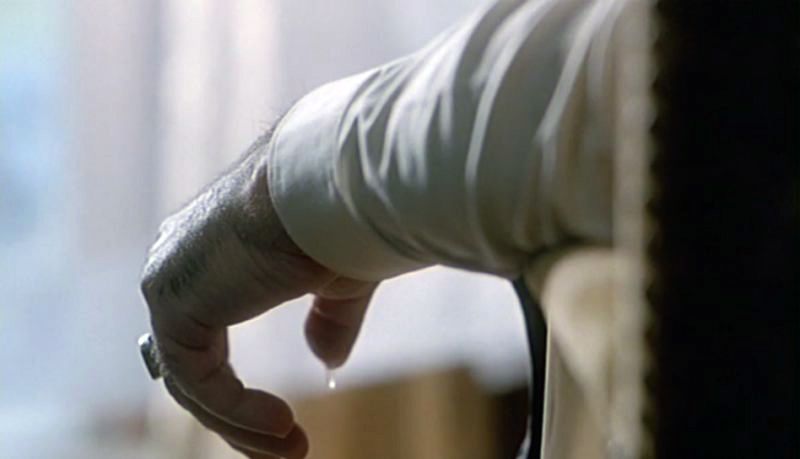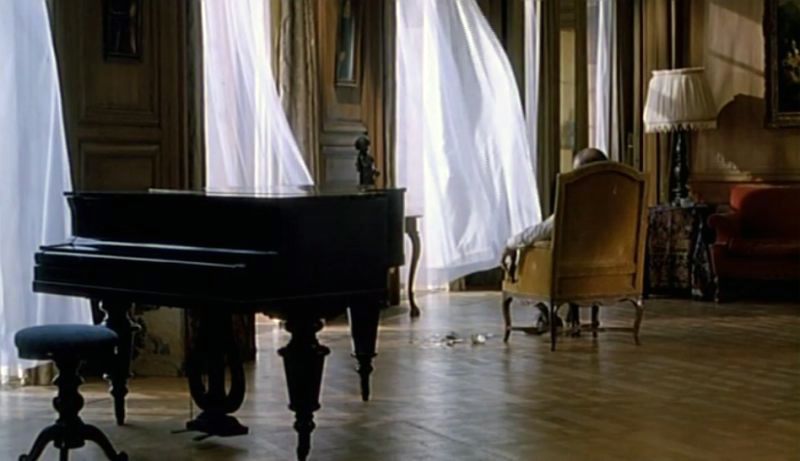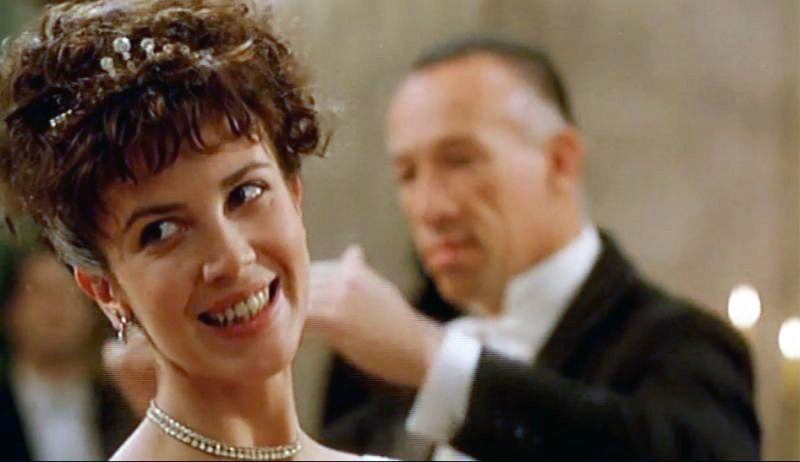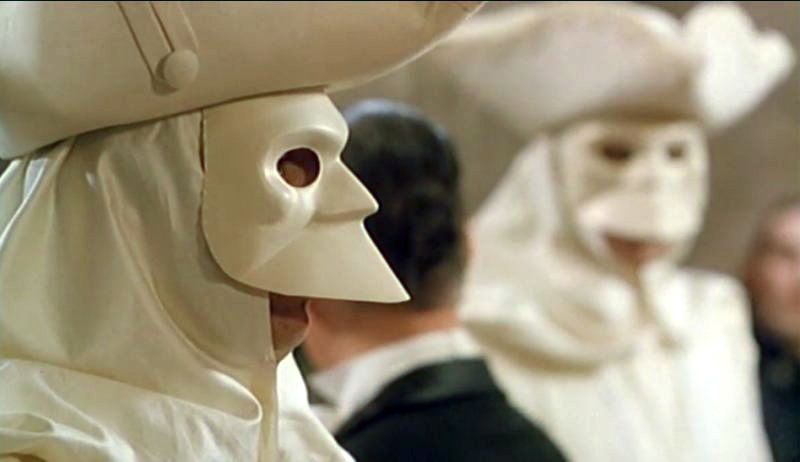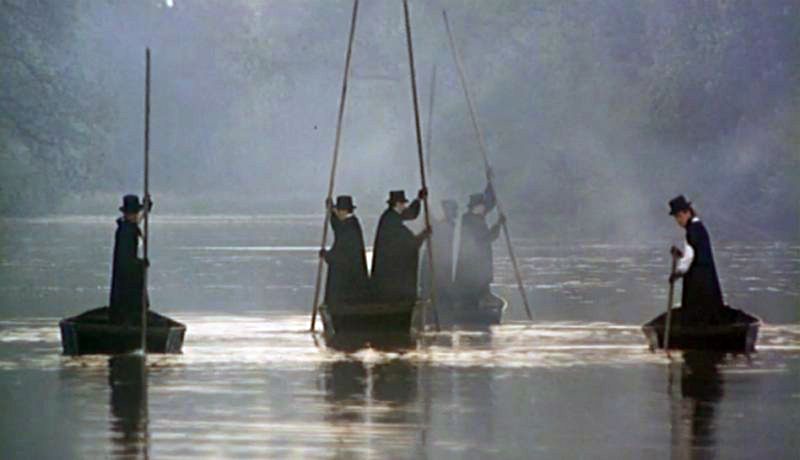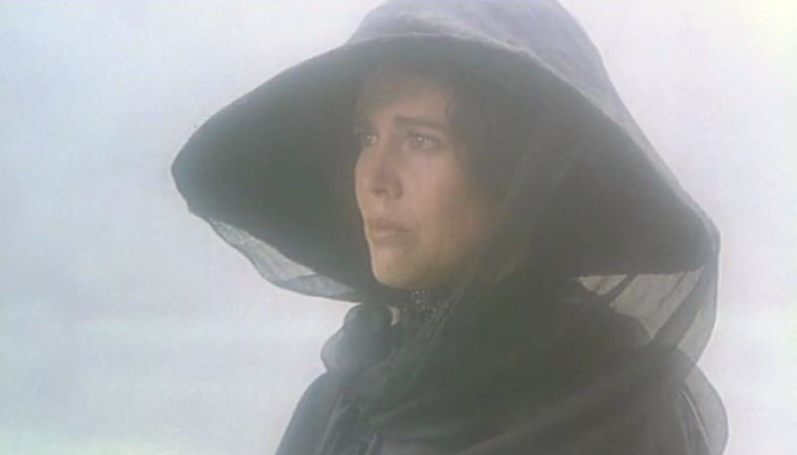A time lapse movie is easy to make.
Our 9 year old son likes to get traditional games from Mindware, a source which specializes in non-electronic toys and games with the common theme of making a child (or adult assistant!) think.
His latest is a study in criminality, also known as the building of Manhattan. First you assemble a jigsaw puzzle of Manhattan, complete with cutouts for all the buildings, then you insert the buildings in chronological order showing how Manhattan, as we know it today, grew. The oldest is the 1812 City Hall, the newest the Millennium Tower, that monument to hubris and stupidity which is an open invitation to terrorists for an action replay of 9/11.
When assembling the puzzle, Winston reminded me that he had taken a movie animation class during his summer holidays, so it was a matter of moments to set up the G3 on a tripod, hand him the wireless remote and instruct him to press the button after each building was inserted. This he proceeded to do with great aplomb, giving the remote a dramatic swing and press each time. David O. Selznick would have been proud.
You can download the result by clicking the picture below. Two things are immediately obvious – the white balance control in the Panasonic G3 sucks (as it did in the G1) and I really should have used a constant light source like an electronic flash. A couple of frames are unsharp, probably the G3 waking from sleep and failing to focus in time. Further the inevitable bumps of the tripod make the result move around a bit. Finally, the Statue of Liberty was not the oldest structure, but as a proud American, Winston insisted of placing it first.
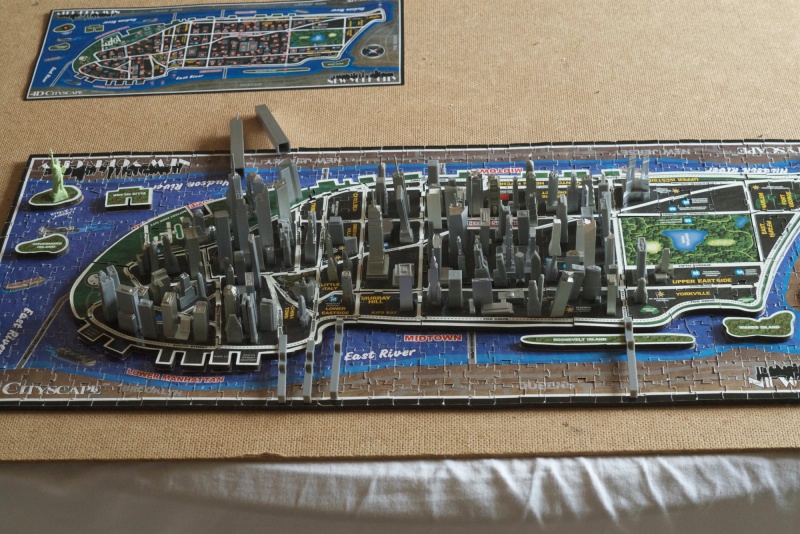
Click the image to download.
I have a pretty good knowledge of Manhattan’s architecure from having lived there many years and because architecture fascinates me, so it was no surprise to find that the easiest buildings to place were those built before 1960 with the hardest dating from the International Style boxes which dominated the subsequent decade. I mean, how do you tell one smooth-sided slab from another? I’ll make honorable exceptions for Seagram for its quality and Lever House for its airiness, both on Park Avenue, but the rest of that period would benefit from a wrecking ball. And if you want something quite unsurpassed for sheer ugliness, try the grandly named 1 New York Plaza on Water Street at the tip of Manhattan, where I worked at Salomon Brothers in the 1980s. The miscreant designing this had some sort of obsession with those early touch type elevator buttons because that’s all it resembles.
While you can get a far higher quality result than in this case, the technique involved is simple. Dump all the pictures into iPhoto, click Command-A to select all, then drop them in a New Project in iMovie. I used iMovie ’09. Hit Command-A in iMovie to select all the images then hit C for Crop. Click on Crop to avoid the Ken Burns effect default, which does not work for time lapse movies. Then export the movie (‘Share’). This one has 127 images/buildings, one second for each. The download is just 11mB in size.
